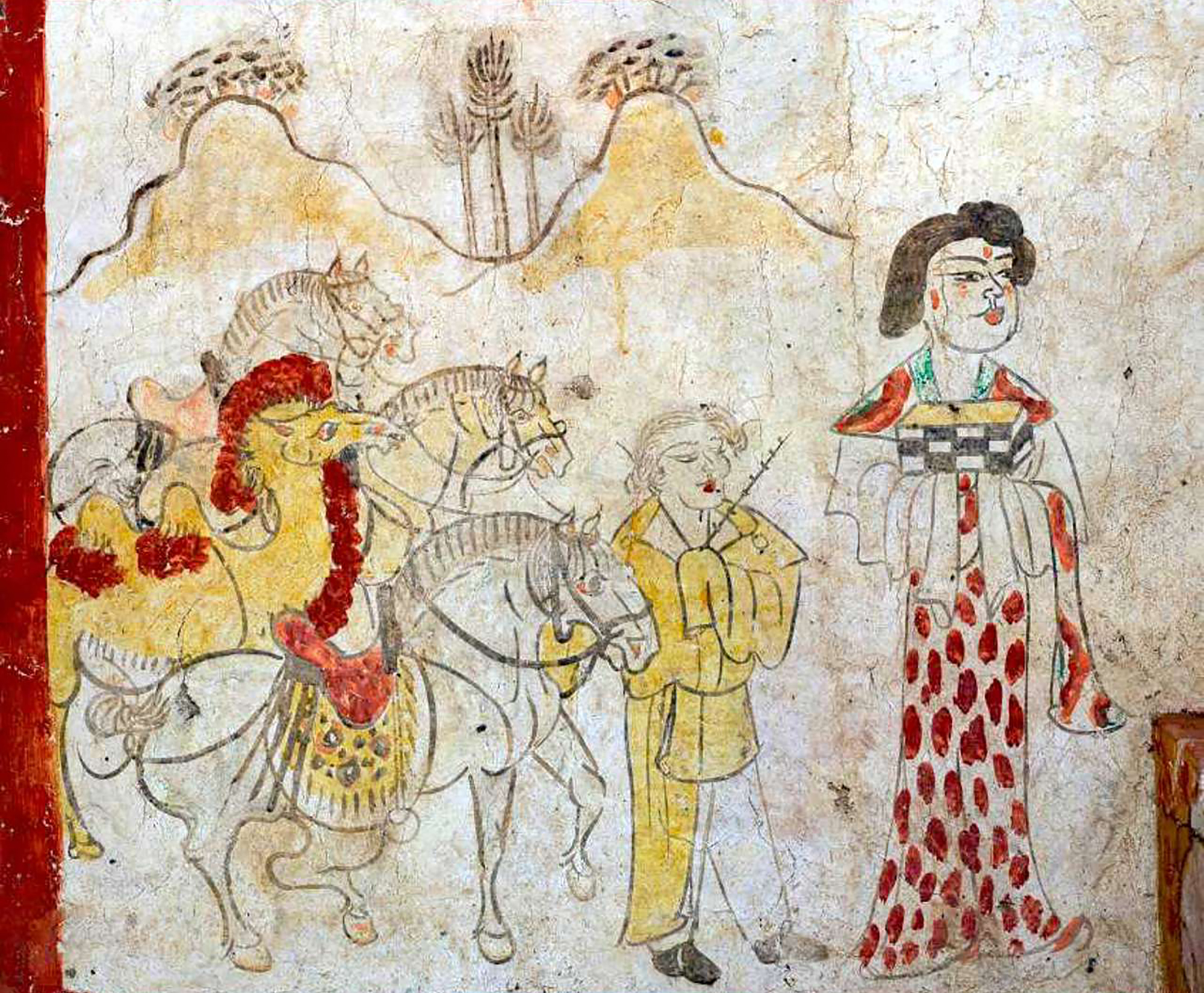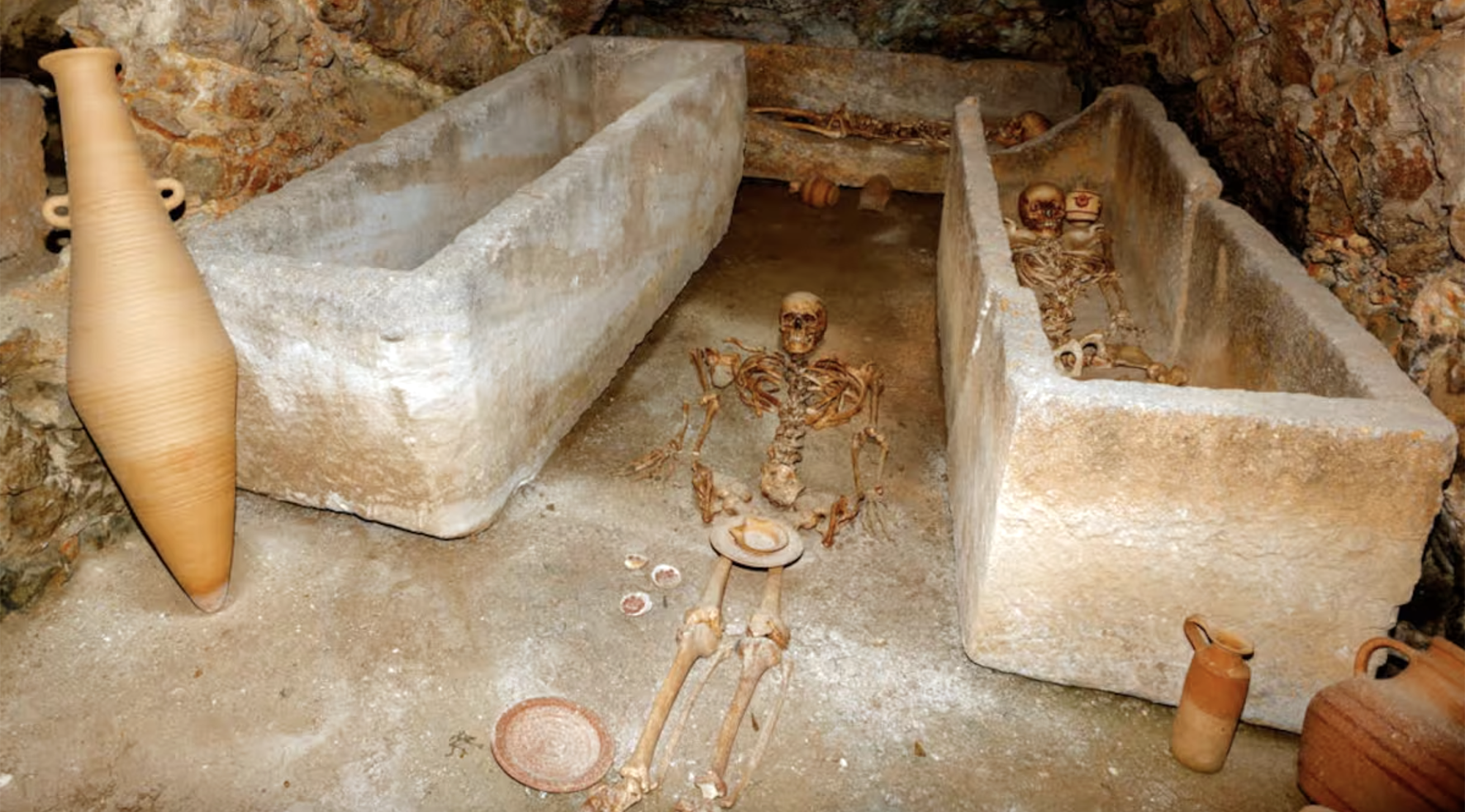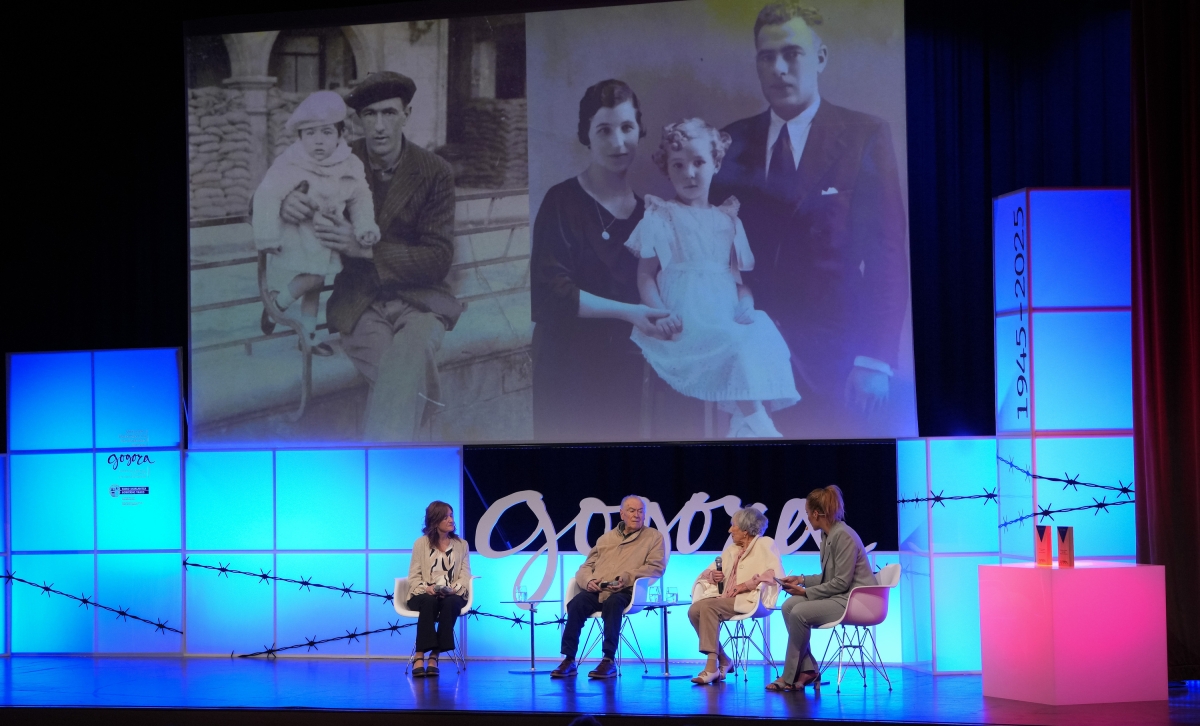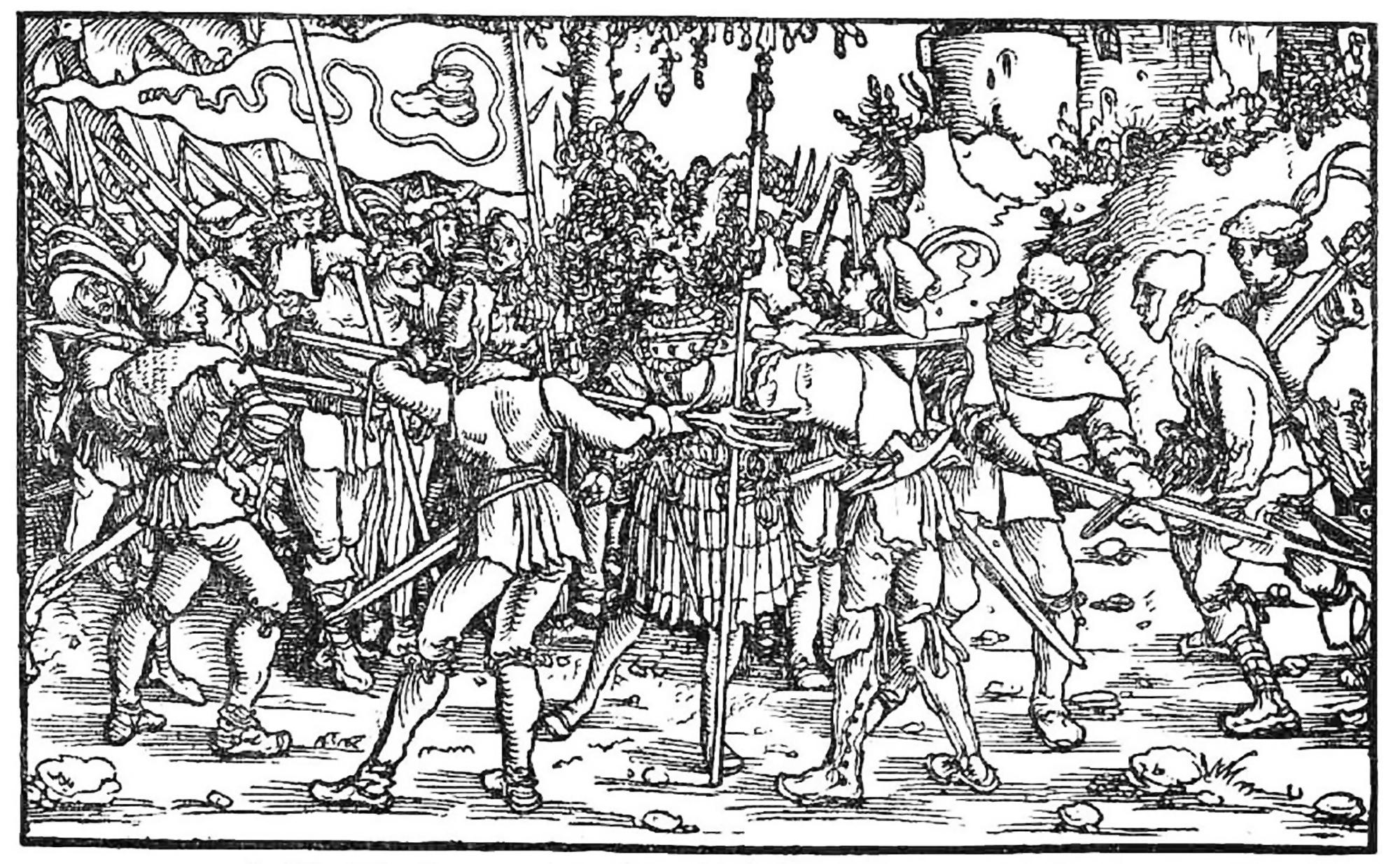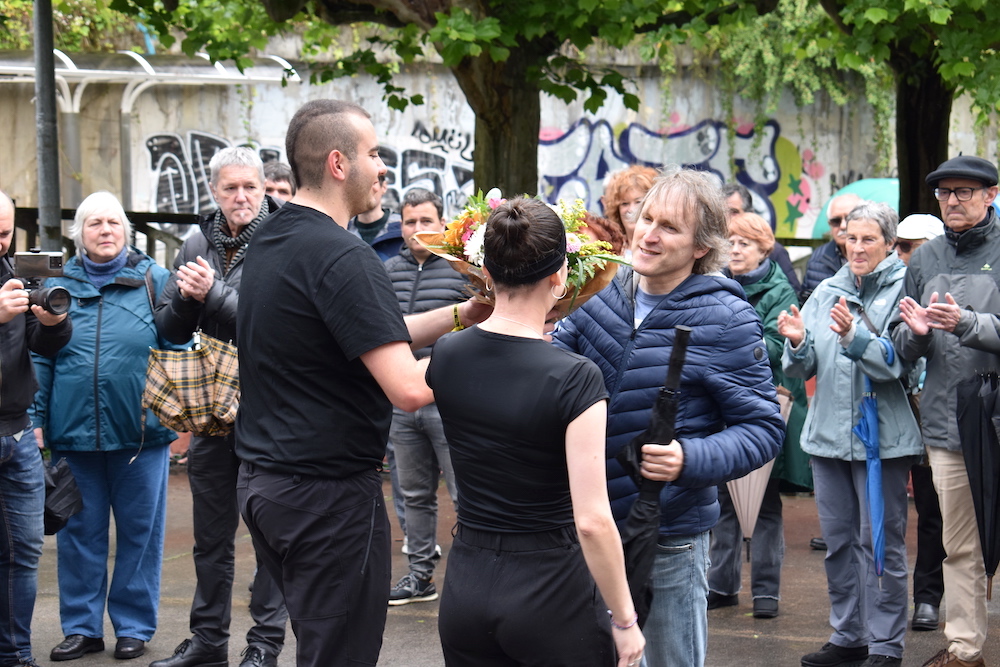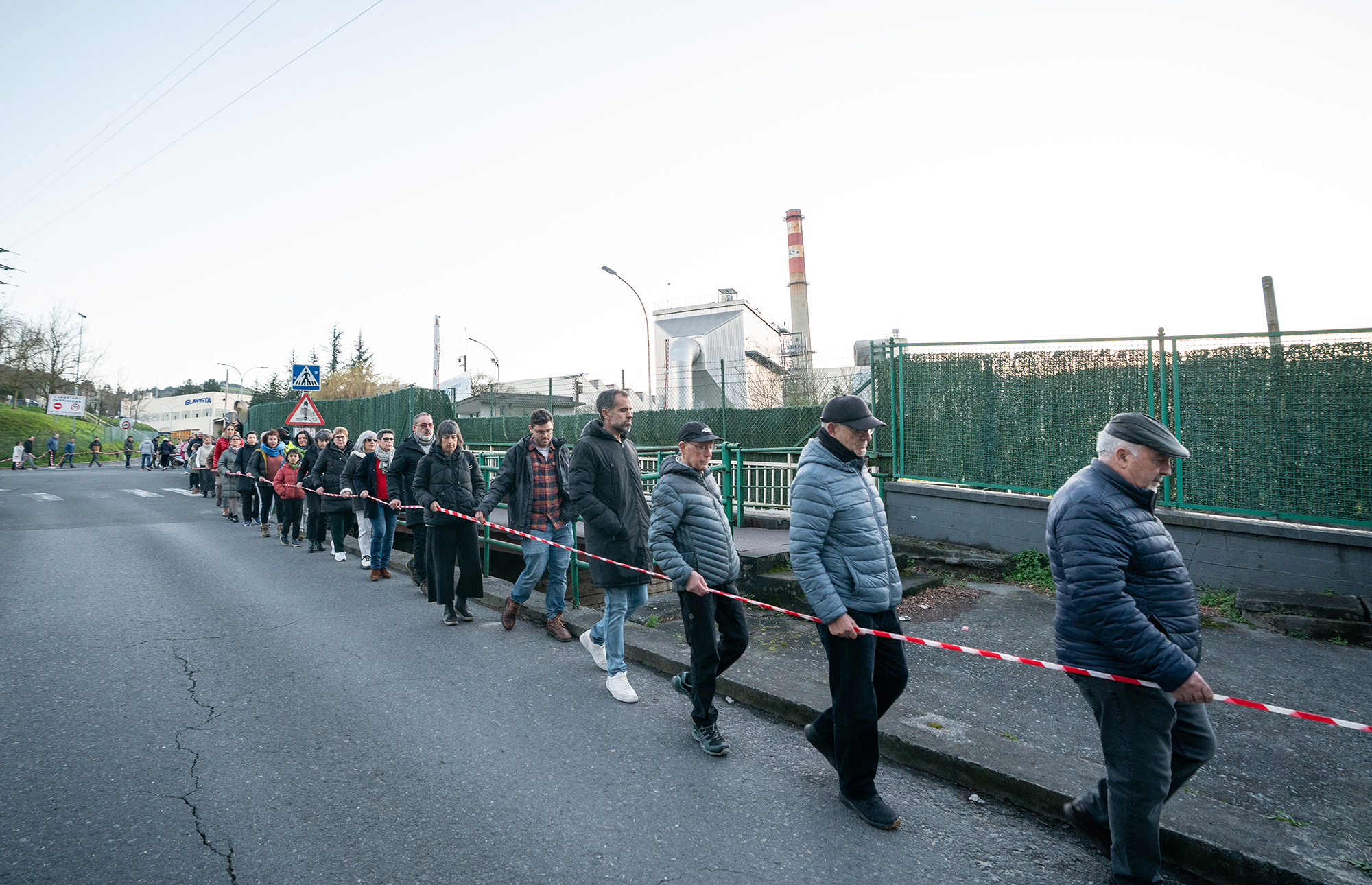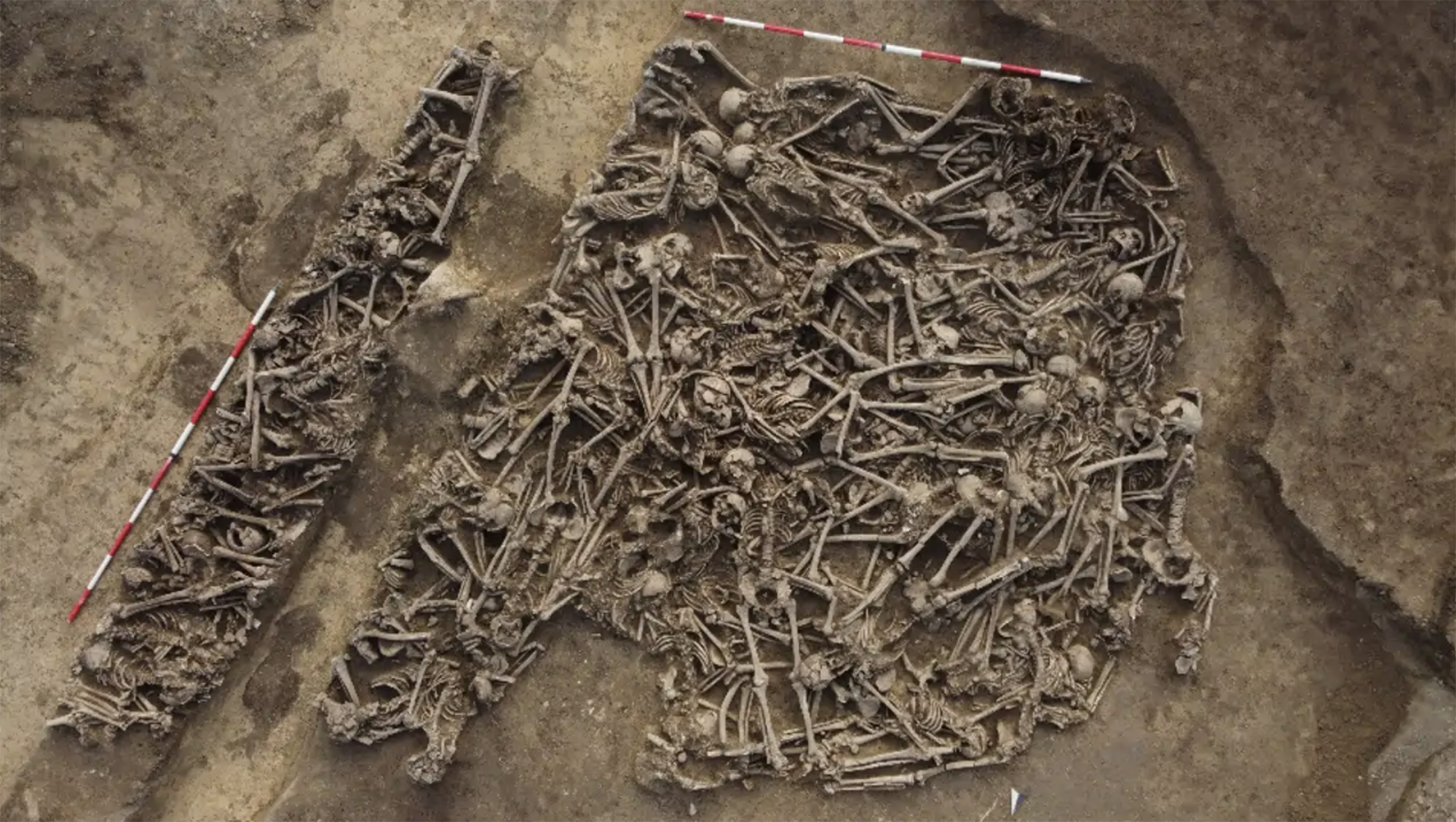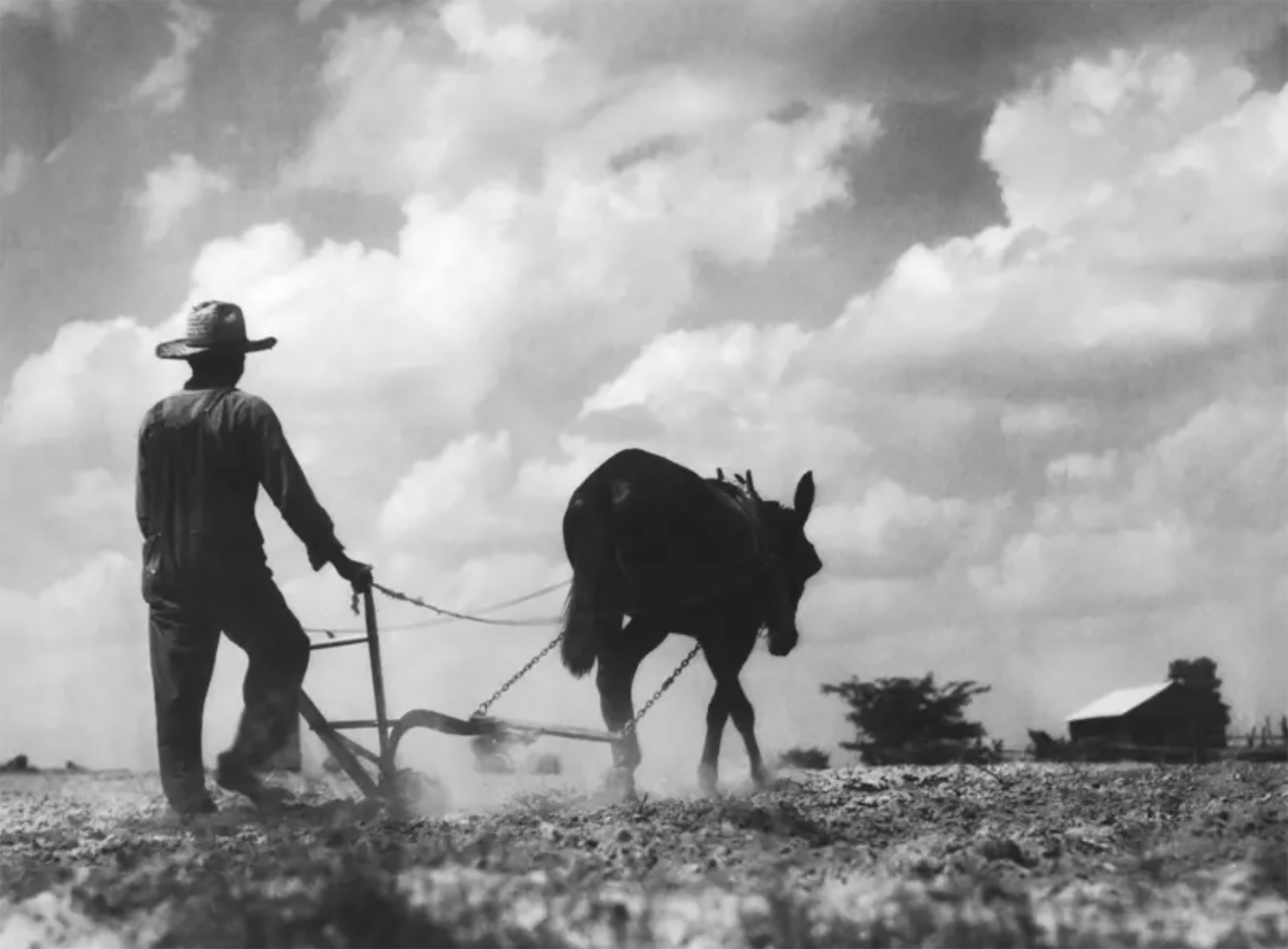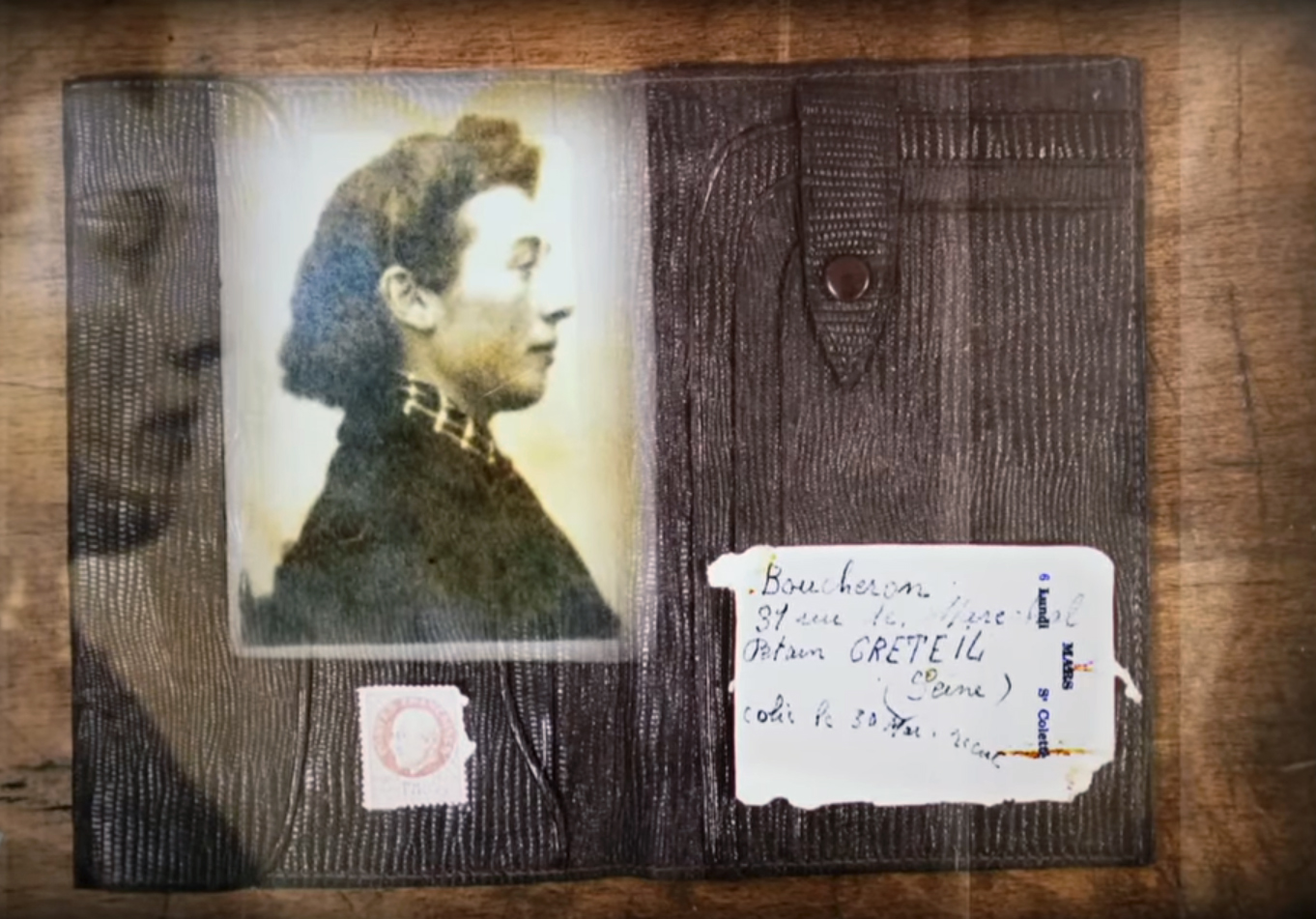Second chance in the midst of war
- Between 1937 and 1940, the Basque Government, through its social services, opened the largest health center in Iparralde in Bidar: Hospital La Roseraie. The aim was to rescue and reinsert the wounded and disabled from Hego Euskal Herria. Among the residents of the hospital was Federico González, a 20-year-old, typographer, who, like many others, had been called to war. This is the amazing story of a former combatant, of the hospital and of some of the photos he took there.
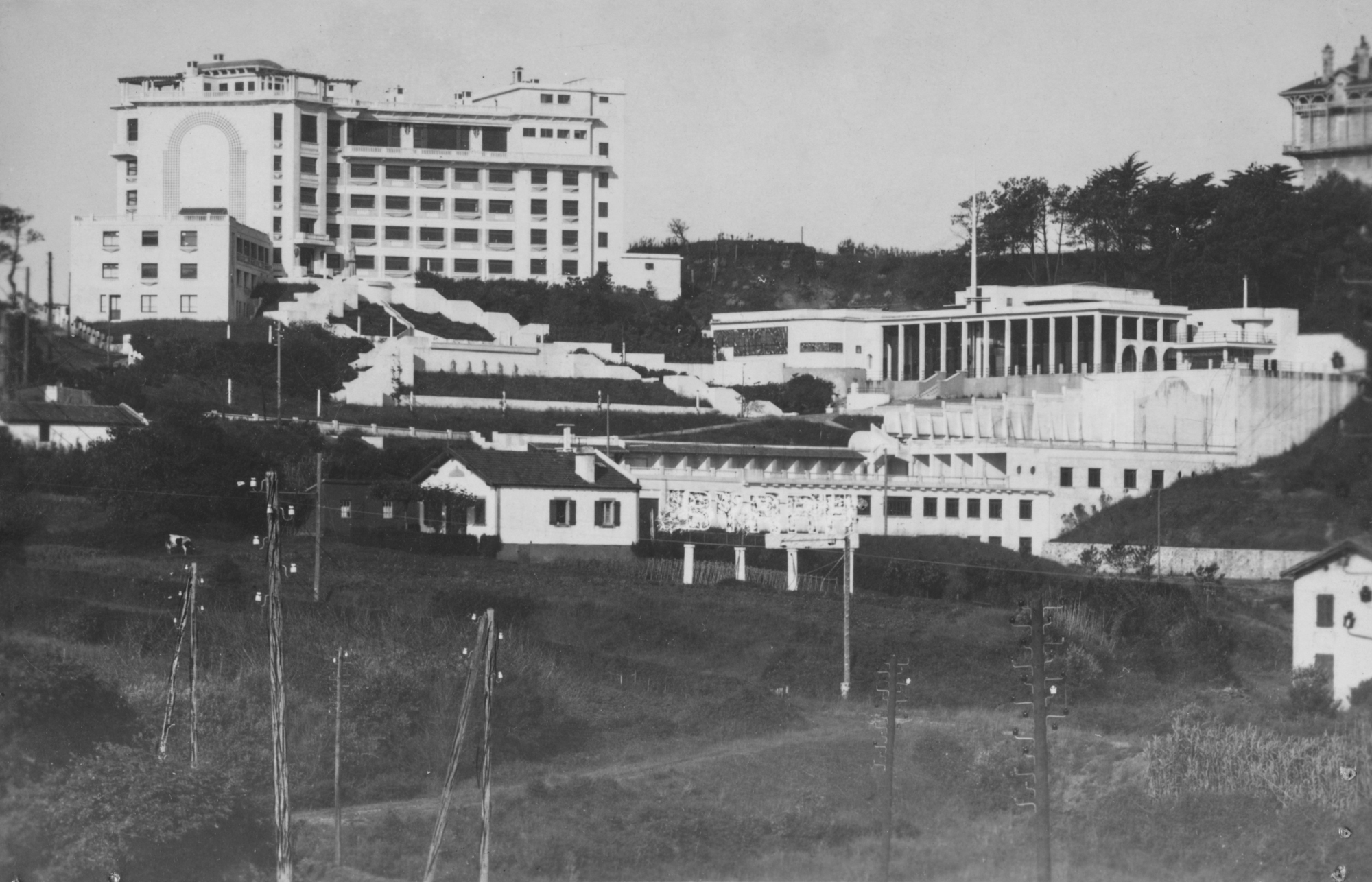
Erected at the gates of Bilbao, thousands of Basque fighters headed to Artxanda in June 1937 to stop the enemy temporarily and thus delay the time when the capital would remain in their hands. The Basque Army suffered great losses and Federico González was no exception. Affiliated with UGT and affiliated with battalion number 48, he was shot at the chapel of San Roque de Artxanda (Bizkaia). From there, she had to live an odyssey, day by day, to be attended in the health centers of the Republican zone. He finally ended up in the hospital of La Roseraie, where his wounds were cured, but lost the mobility of an arm forever.
During the Second World War, in 1940, Federico returned to the working world, specifically to the Bordeaux dynamite factory, until he was occupied by the German Nazis. It was a very uncertain moment for the exiles and many tried to return home. Federico also did so and in Hendaia he once again crossed the Bidasoa, but this time in a sense contrario.En the border, was arrested by the francoists and locked
in the concentration camp of Miranda de Ebro. Fifteen days later he was released, in custody, which meant that he often had to go to the Civil Guard command to pass the inspection. He remained in this state for nine years. What we're telling is not much mystery, it's the fate of many others who stayed on the losing side, but Frederick had a little secret for all of us.
Eight decades later, in early 2022, the son of Federico González, also called Federico, visited the Iron Belt Memory Museum in Berango. However, he did not come with empty hands: the father gave during this time in donation a documentation preserved in the loft. In this file, the former combatant retained signs of his passage through war and post-war, and refused to reveal his findings.
.jpg)
The director of the Museum, Aitor Miñambres, analyzed in detail the content of the donation, including documents and photographs. Thus, he realizes that the images are unpublished and calls the photographer and journalist Mauro Saravia, the author of this article, to explain the finding to him and to know his opinion. They will stay with their mouths full: These are photographs of the stay of Federico Bidado in the hospital of La Roseraie, in Madrid, as graphic tests that offer valuable information about this health center disseminated by the government of José Antonio Agirre.
From that moment on, they will decide that this heritage should be shown to the citizens and will start working on the organization of a photographic exhibition. The photographs have been exhibited at the Photomuseum in Zarautz between October and December 2024, under the title of Odisea 1937, and throughout 2025 they will also be exposed in different places, including Erandio, the cradle of Federico.
An Art Deco hotel served by Republicans
The La Roseraie Hotel was opened on 14 August 1928 in a privileged location between Bidar and Biarritz. It was designed by the architect Joseph Hiriart, and art experts stated that Art Deco was the most beautiful architectural complex on the Basque coast. It had six floors and 150 spaces, including bedrooms, service rooms and recreation areas. However, these facilities were only used until the mid-1930s, as the hotel was not profitable for its shareholders.
The building continued in this state of uncertainty until its opening as a hospital on June 28, 1937. To this end, the Basque Government had previously paid GBP 100,000 in the Basque Autonomous Community.
In the new hospital, the patients and the invalids were treated in perfect condition, to the point that the press of the time indicated “the best qualities for the organization of the Basques”. The context was also as follows: Between 1937 and 1940, the war and the post-war period completely impoverished the situation of the Basque population and 116,000 refugees received the support of the social services of the Basque Government.
The Hospital La Roseraie, managed by the getxotarra Juan Otaola, was directed by surgeon Gonzalo Aranguren, known Jeltzale urologist from Bilbao, with experience in the Hospital de Basurto or the Military Hospital of Blood of Amorebieta. In 1940, Dr. Román Pereiro assumed the direction of La Roseraie. They had a team of 70 professionals, both men and women, and the annual budget was £2 million.
It was no coincidence that the Basque Government had chosen this area of Bidart to offer its health services. It had ample spaces and were very suitable for the assembly of a hospital and other activities. In September 1938 they received the visit of the Lehendakari Aguirre and the members Telesforo Monzón and Eliodoro de la Torre: “From now on you will all be citizens of the Basque Government,” said the lehendakari to those present.
Amaetxea, workshops, choir...
.jpg)
The hospital provided general surgery, gynecology, maternity, general medicine, dermatology, urology, otolaryngology, dentistry, analysis and massages. Those consultations and services were not just for the soldiers, but for all the civilian refugees coming from the south of the border.
But it was not a question of providing health care, but of trying to “reintegrate” refugees, both socially and at work. Thus, they organized school workshops: furniture, shoe making, woodworking, woodworking, engraving, jewelry, orthopedics, cesteria, mechanics and electricity. There were also many academic topics, from basic education, spelling and mathematics, to typing, accounting and drawing.
The number of people cared for shows how important the hospital was: 804 soldiers were hospitalized and 862 others remained open
The facilities were so large that the residents of the hospital could carry out other activities, such as swimming and the Basque ball, but the Basque War Wounded and Disabled Choir was most successful: Over 75 people participated in the initiative and offered many concerts in the towns around it.
The number of people cared for shows how important the hospital was. A total of 804 soldiers were hospitalized while he remained open in La Roserai and another 862 civilians were treated at the hospital center, where he remained in hospital since 1 October. In addition, at this time, 143 children were born in the Mothers' House of the Hospital of Basurto.
Reflection of women's work
Although until yesterday they were almost invisible, today we know that the contribution of women was fundamental during and after the war. In the graphic testimonies we can see the same thing that worked as a refugee hospital on the boat Havana, as in La Roserai: women are dedicated to surveillance, to helping thousands of people to be treated and to make ants to heal. This contribution is credited in the statistics of the hospital itself, where almost 1,700 people were treated and only 56 of the patients died.

But the role of the women who exiled themselves in Ipar Euskal Herria goes further. They also participated in the allied war effort to deal with fascists, working in arsenals and factories, among others. The photos left by Federico González offer us a hidden face that has often been hidden, as they are images taken at the end of the working day.
Unfortunately, many of these photos do not reflect personal stories. Who were they? What happened to these women after the war? How did you live in the middle of World War II? We lack information, and that gap is generated not only because in general history men have told it – in most cases the champions of the winners have also told it – but there is another fundamental factor: women’s actions are not valued and measured with the same epic as men.
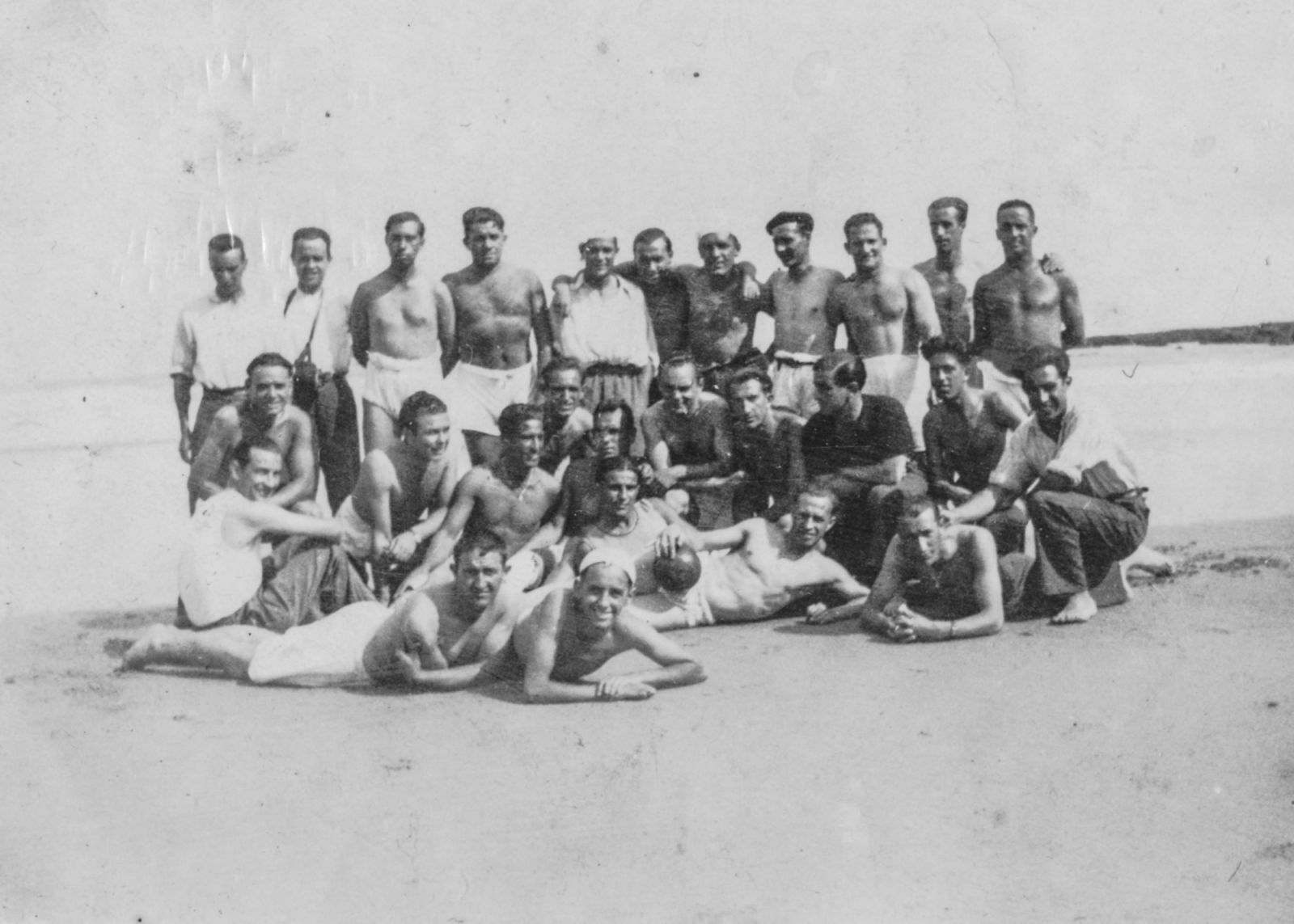
The end in the hands of the Nazis
At the beginning of World War II, the atmosphere is very confusing. In May 1940, Germany will launch an offensive against France, and taking advantage of this occasion, the ultra-right Minister Jean Ibarnegaray will put the Republican refugees called Indesirables in the spotlight and order mass arrests. Many of the gudaris and fighters who have gone through La Roserai will end those days in the Gurs concentration camp. However, France is going to suffer an imminent defeat at the Nazis, which they have described as imminent. On June 22, 1940, the armistice of performance was signed and then the country was divided into two, Ipar Euskal Herria remained in the area occupied by the Nazis. This will put the thousands of people fleeing Francoist terror in serious straits again, and many will have no choice but to cross the border or extricate themselves for the second time further.
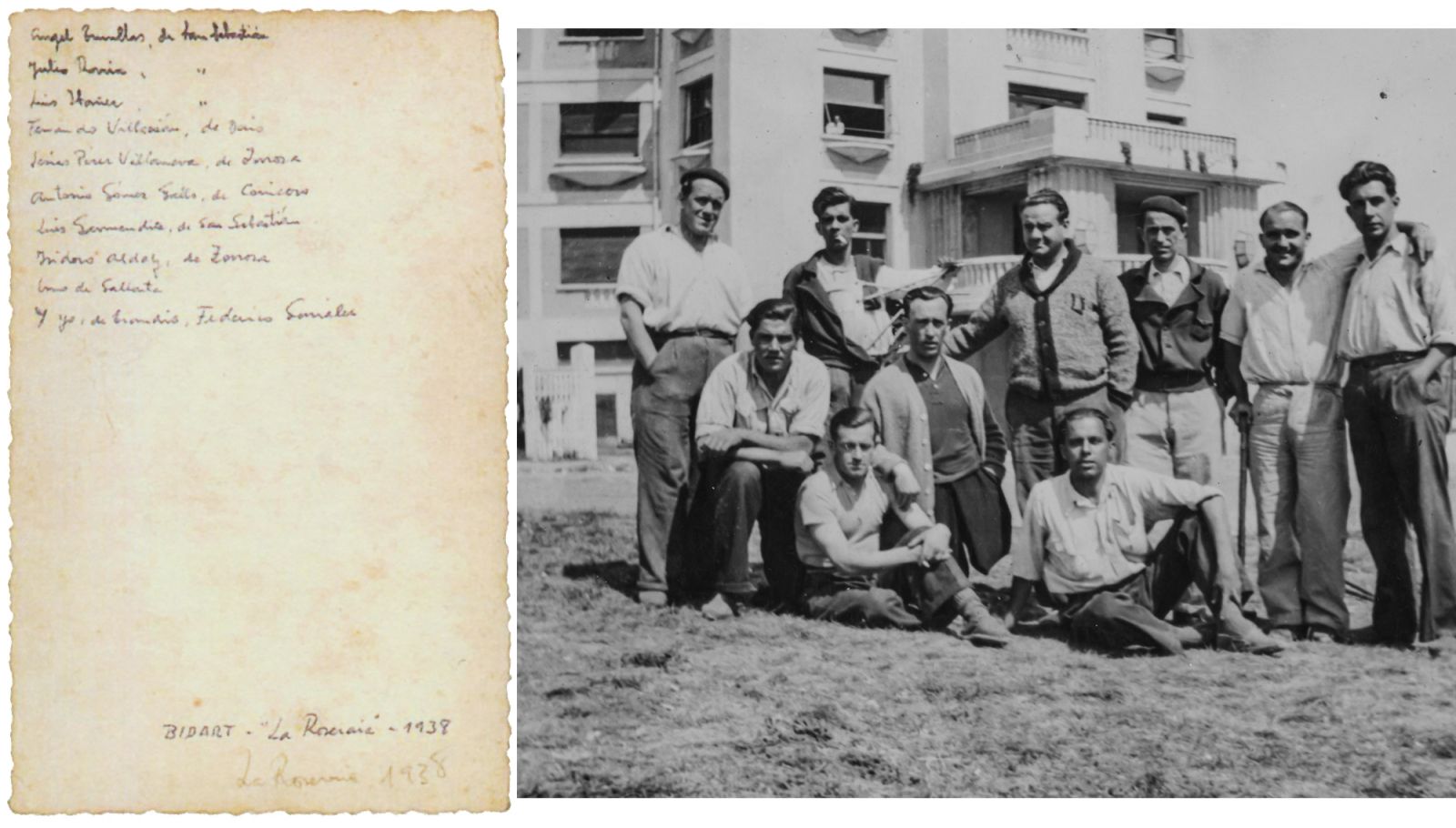
Many of them will then decide to flee to Britain or South America, and many others will return home, knowing that they will have to suffer Francoist repression, as happened to Federico González. But there were also those who were at the service of the French resistance and continued to fight without losing hope of recovering their homeland one day.
The Roserai had to suspend its activity as a health center and the Germans occupied the building on June 27, 1940, a few days from the armistice. Federico González died on 1 May 2006 at the age of 89, but left us as a legacy those photographs that remember resilience and generosity, so that the new generations don’t forget that the refugees who passed there were given a second chance.
.jpg)
1937ko ekainaren 5a: Federico García Artxanda mendiaren defentsan larri zauritu eta Basurtun zegoen Bilboko Gerra Ospitalera eramango dute. Hiria frankisten esku erori baino lehen, Santanderra garraituko dute, Sardineroko Rhin hotelean zegoen ospitalera.
1937ko abuztuaren 20a: Santanderretik Asturiasera eramango dituzte zauritu guztiak.
1937ko urriaren 10a: Villaviciosako La Azucarera 39. ospitale militarrean ingresatuko dute, ukondoan fisioterapia tratamendua jasotzeko.
1937ko urriaren 21a: Motordun txalupa batean ihes egingo du beste sei lagunekin Ipar Euskal Herrirantz. Baina Almirante Cervera gurutzeontzi frankista errefuxiatuen ontziak geldiarazten saiatzen ari da eta txalupa galdu egingo da Bizkaiko Golkoan.
1937ko urriaren 25a: Hiru egun noraezean egon ondoren, frantziar arrantzale batzuek aurkitu eta Arcachonera lagunduko dituzte. Bordele ondoko Bassenen porturaturiko La Habana itsasontzi-ospitalera bidaliko dituzte. Bertan, Bernardino Valle medikuak artatuko ditu.
1938ko urtarrilaren 17a: Euzkadiko Gerra Elbarrituen La Roseraie egoitzan ospitaleratuko dute.
In the Chinese province of Shanxi, in a tomb of the Tang dynasty, paintings depicting scenes from the daily lives of the dead are found. In one of these scenes a blonde man appears. Looking at the color of the hair and the facial expression, archaeologists who have studied the... [+]
Carthage, from B.C. Around the 814. The Phoenicians founded a colony and the dominant civilization in the eastern Mediterranean spread to the west. Two and a half centuries later, with the decline of the Phoenician metropolis of Tyre, Carthage became independent and its... [+]
Salvador Puig Antich frankismoaren kontrako militantea izan zen. Askapen Mugimendu Iberikoko kidea, 1973ko irailaren 25ean atxilotu zuten. Gerra-kontseilua egin zioten, eta garrotez exekutatu zuten handik sei hilabetera, 1974ko martxoaren 2an. Aurtengo otsailean baliogabetu du... [+]
Rudolf Botha hizkuntzalari hegoafrikarrak hipotesi bat bota berri du Homo erectus-i buruz: espezieak ahozko komunikazio moduren bat garatu zuen duela milioi bat urte baino gehiago. Homo sapiens-a da, dakigunez, hitz egiteko gai den espezie bakarra eta, beraz, hortik... [+]
Böblingen, Holy Roman Empire, 12 May 1525. Georg Truchsess von Waldburg overthrew the Württemberg insurgent peasants. Three days later, on 15 May, Philip of Hesse and the Duke of Saxony joined forces to crush the Thuringian rebels in Frankenhausen, killing some 5,000 peasants... [+]
During the renovation of a sports field in the Simmering district of Vienna, a mass grave with 150 bodies was discovered in October 2024. They conclude that they were Roman legionnaires and A.D. They died around 100 years ago. Or rather, they were killed.
The bodies were buried... [+]
Washington, D.C., June 17, 1930. The U.S. Congress passed the Tariff Act. It is also known as the Smoot-Hawley Act because it was promoted by Senator Reed Smoot and Representative Willis Hawley.
The law raised import tax limits for about 900 products by 40% to 60% in order to... [+]











